The following images are provided for use with the associated media release for Amphibian Ark’s Leaping Ahead of Extinction campaign. Additional information about the campaign can be found on the Leaping Ahead of Extinction web page.
Click on images for a larger view
|
|
||
| Image | Download link | Caption /credit |
|
|
||
 |
Download full size image | Amphibian Ark was founded in 2006 by the IUCN SSC Conservation Breeding Specialist Group, the IUCN SSC Amphibian Specialist Group, and the World Association of Zoos and Aquariums. Its mission is facilitating partnerships that ensure the global survival of amphibians, focusing on those that cannot currently be safeguarded in nature. |
|
|
||
 |
Download full size image | To coincide with Leap Day (February 29th) 2012, Amphibian Ark is coordinating an international event, Leaping Ahead of Extinction: A celebration of good news for amphibians in 2012. |
|
|
||
 |
Download full size image | A fantastic poster featuring wonderful amphibian artwork has been created to promote the Leaping Ahead of Extinction event , with amphibian art being generously donated by a number of artists around the world. |
|
|
||
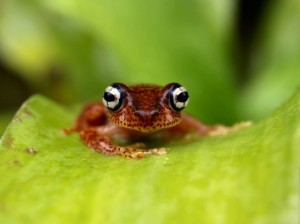 |
Download full size image | The area around Andasibe in east‐central Madagascar supports more than 100 species of frogs. Mitsinjo, a community‐run conservation organization based in Andasibe, has recognized the importance of their uniquely rich amphibian fauna by developing a captive breeding and husbandry research facility at Analamazaotra Special Reserve for species such as Boophis pyrrhus. Photo: Devin Edmonds. |
|
|
||
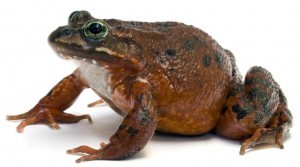 |
Download full size image | The Oregon Spotted Frog, Rana pretiosa is the most endangered amphibian in Canada. Found only in British Columbia, this frog is listed as Critically Endangered under the federal Species at Risk Act. The Vancouver Aquarium assists the Oregon Spotted Frog Recovery Team by maintaining a captive insurance population. This population now consists of 33 genetic strains of 1-10 frogs each. Additional eggs are collected each year to increase genetic heterozygosity. Photo: Brad Wilson. |
|
|
||
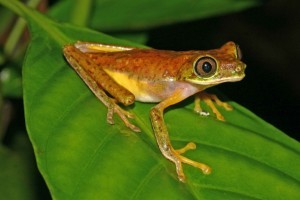 |
Download full size image | The Lemur Leaf Frog, Agalychnis lemur, remains one of the world’s most Critically Endangered amphibians. The live specimens that are maintained at The Manchester Museum in the UK are from one of the last remaining populations in Costa Rica, and the captive breeding program there was first started in 2001. Over the years, young animals bred at the Museum have been distributed to zoos around the world, including Bristol Zoo in England, the Vancouver Aquarium in Canada, and the Atlanta Botanical Gardens in the US. Photo: Matt Wilson/Manchester Museum. |
|
|
||
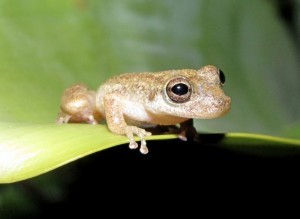 |
Download full size image | The Critically Endangered tree-frog Scinax alcatraz, was recently collected for an ex situ population at São Paulo Zoo in Brazil. Husbandry techniques developed by housing a surrogate species, Scinax perpusillus are being applied to this more threatened species. Photo: Cybele Lisboa. |
|
|
||
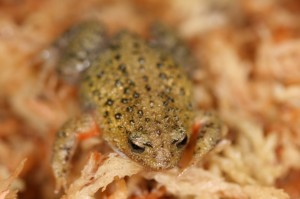 |
Download full size image | A captive breeding program for the White-bellied Frog, Geocrinia alba, has been established at Perth Zoo in Western Australia to further increase the numbers available for release. The number of sites where White-bellied Frogs are found in the wild has declined by 30% over the past 10 years. Since 2008, Perth Zoo has been working with the Department of Environment and Conservation collecting egg nests and tadpoles from the wild for rearing at the Zoo and release back into the wild. Photo: Perth Zoo. |
|
|
||
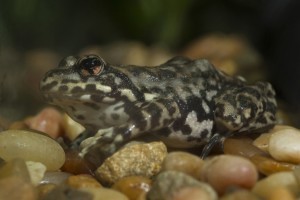 |
Download full size image | The San Diego Zoo Institute for Conservation Research in California, USA has been a partner in the recovery of the Southern California population of Mountain Yellow-legged Frogs, Rana muscosa, over the past five years and continues to make progress in captive breeding and reintroduction efforts of this endangered species. Photo: Ken Bohn, San Diego Zoo. |
|
|
||






